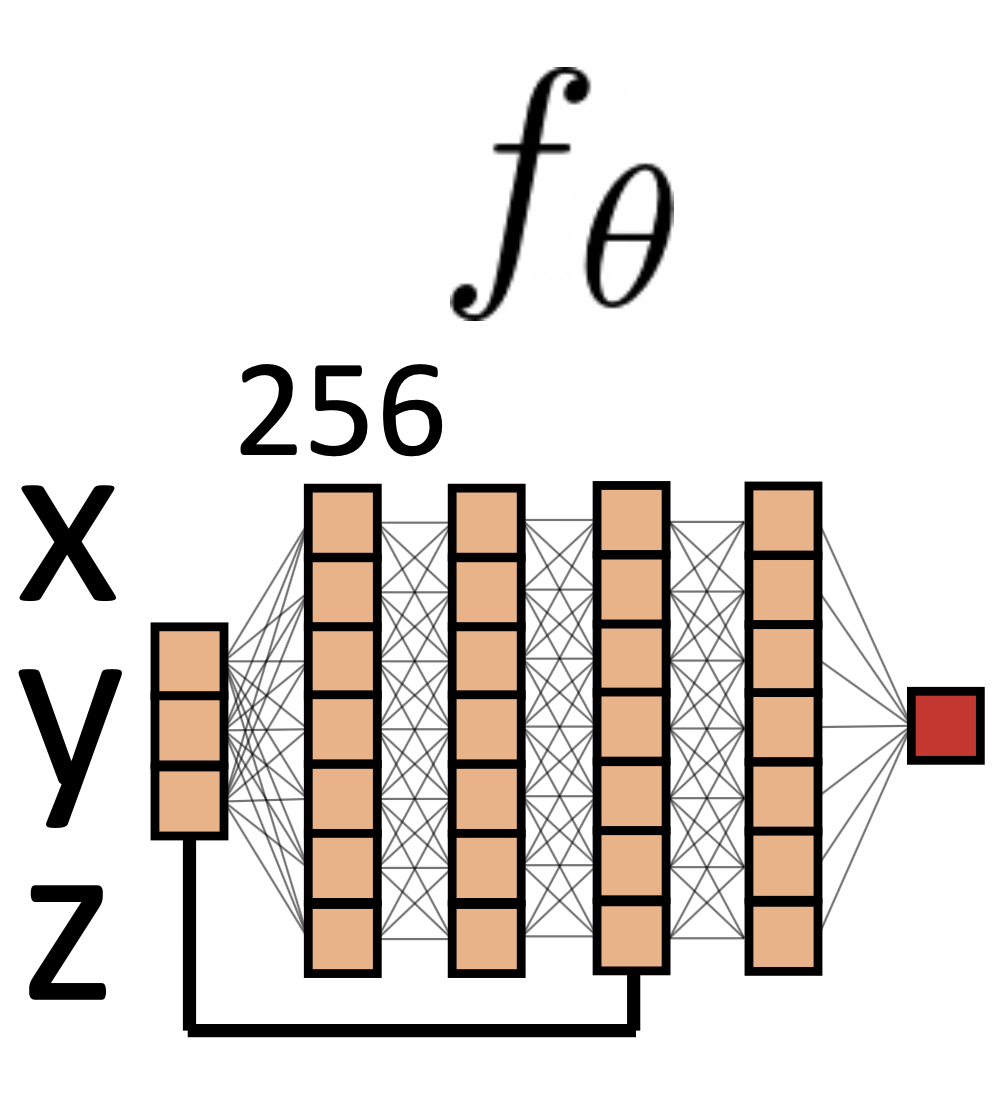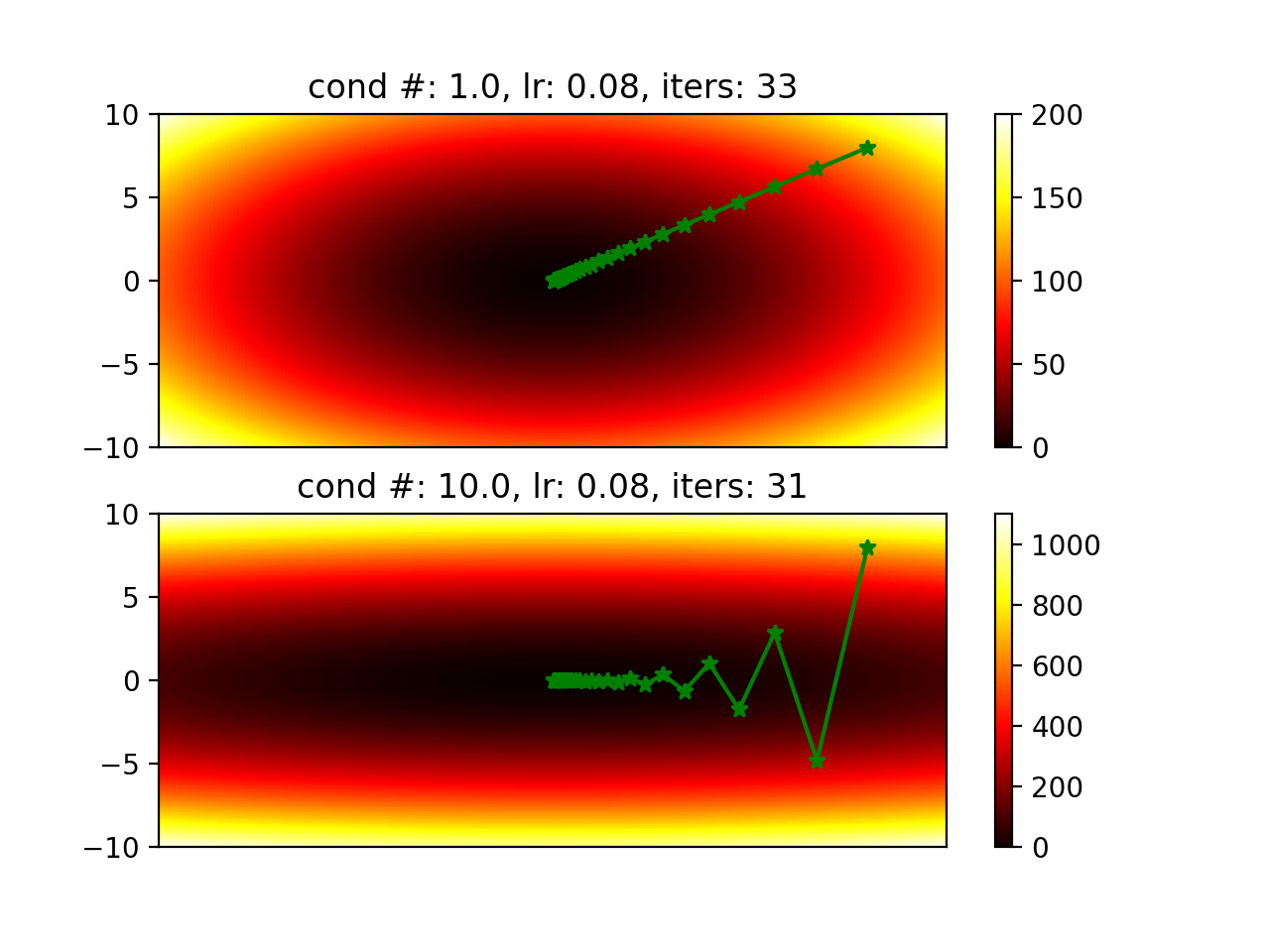
Lie Theory for State Estimation in Robotics
A tutorial for Lie theory used in state estimation of robotics.
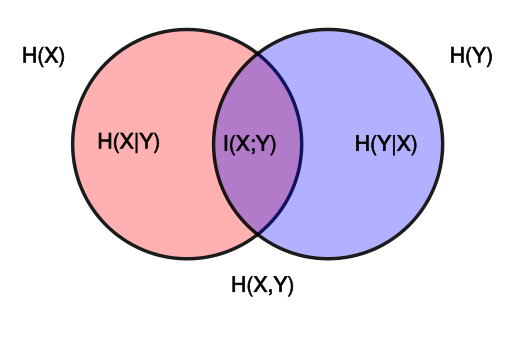
Mutual Information
A collection of equations related to entropy, cross entropy, conditional entropy, joint entropy, mutual information, KL divergence.
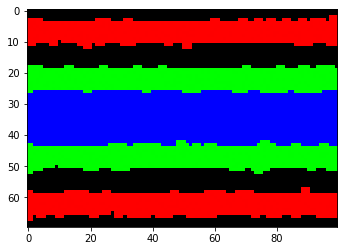
Grid Mapping: From Occupancy Map to Semantic Map
Grid mapping is an idea that divides continuous world into discretized cells or voxels. The occupancy grid map is designed to represent occupancy state of map cells. It is very useful for path planning as it shows free spaces. However, unlike robot vacuums, self-driving vehicle must follow rules that don't allow cars go on any free areas. Then a cell should represent more classes than pure a binary state. In such case, we call it semantic grid map.
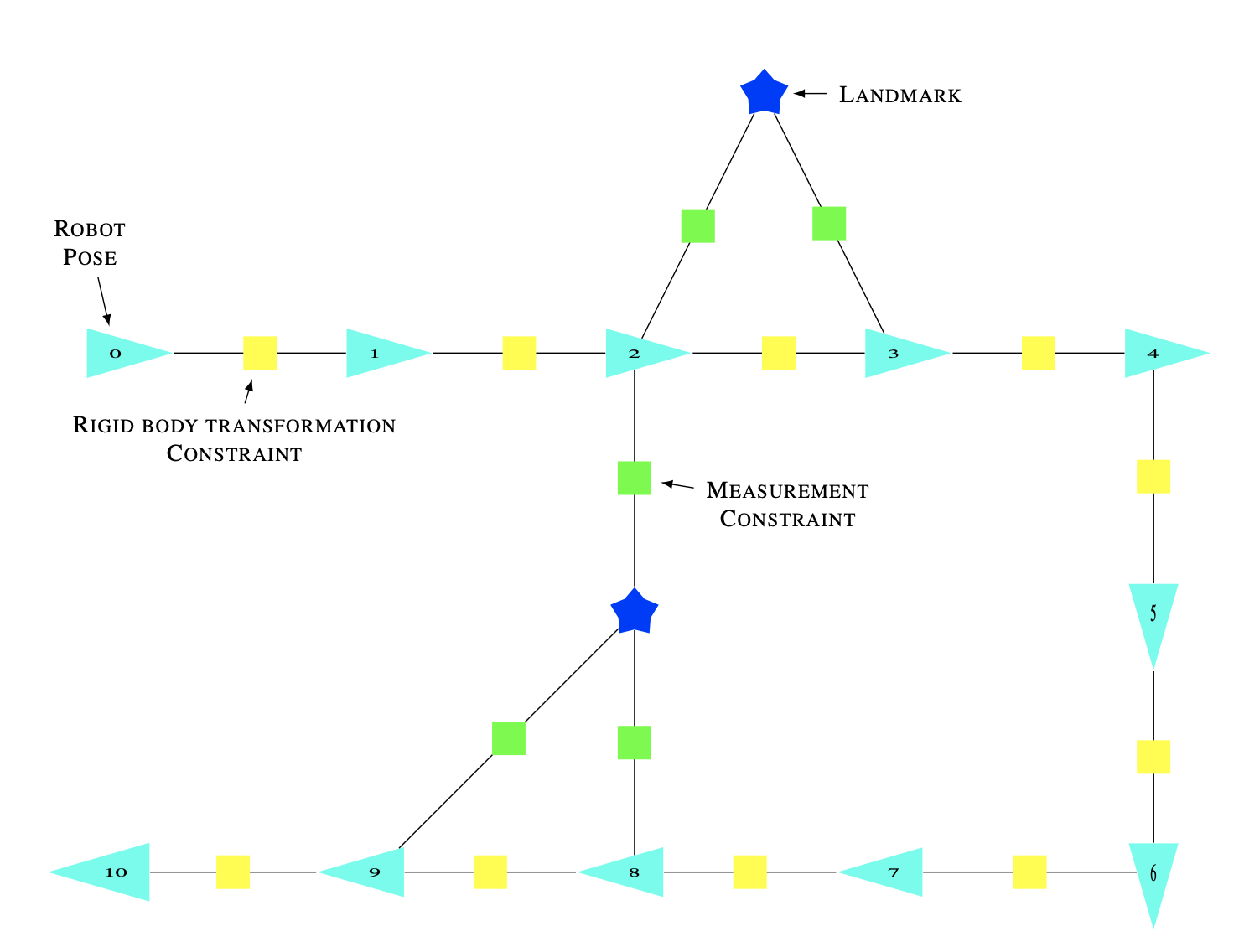
Factor Graph
Factor graph is a nice representation for optimization problems. It allow us to specify a joint density as a product of factors. It can be used to specify any function $\Phi(X)$ over a set of variables $X$, not just probability densities, though in SLAM, we normally use Gaussian distribution as the factor function.
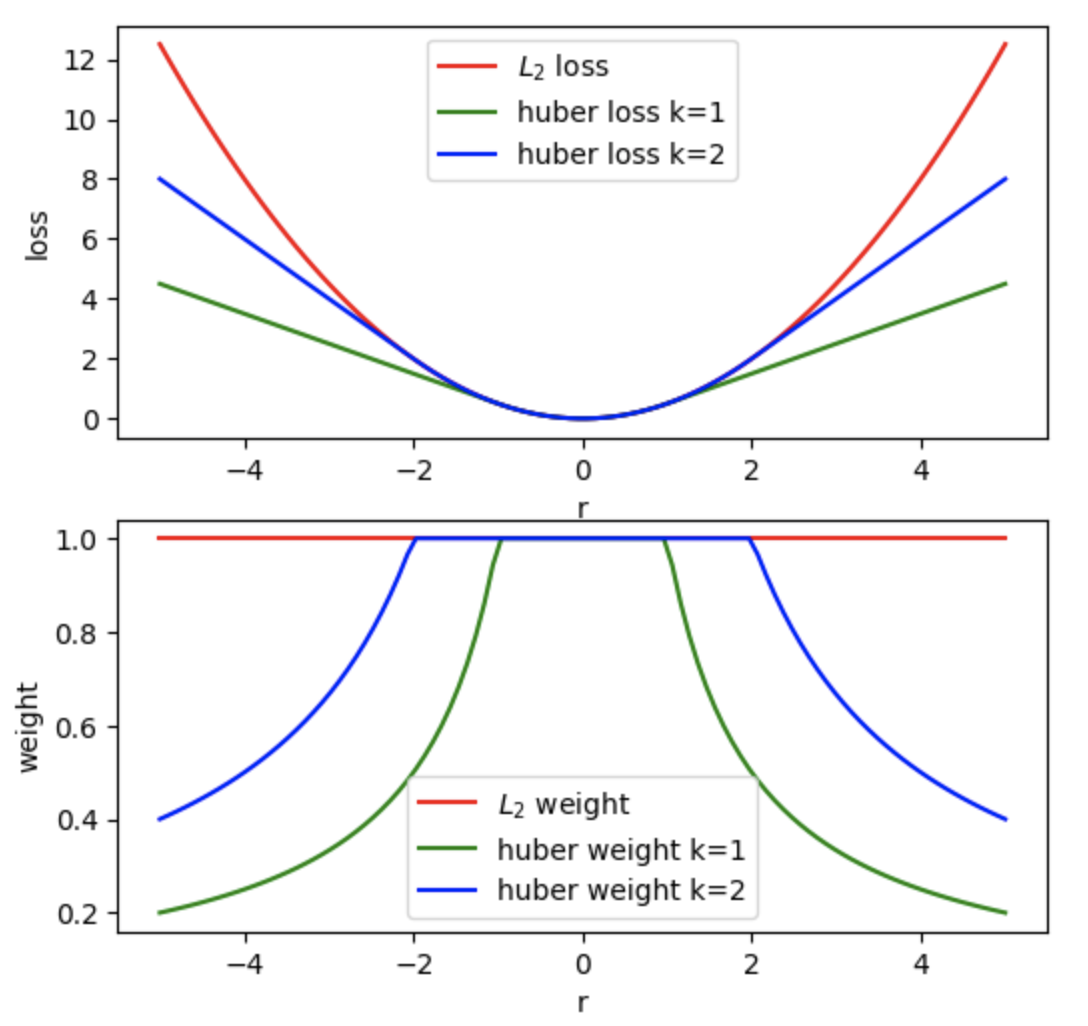
Robust Loss Functions for Least Square Optimization
In most robotics applications, maximizing posterior distribution is converted into a least square problem under the assumption that residuals follow Gaussian distribution. However, errors are not Gaussian distributed in practice. This makes the naive least square formulation not very robust to outliers with large residuals. In this post, we will first explore robust kernel approachs, then try to model residuals using Gaussian mixtures.
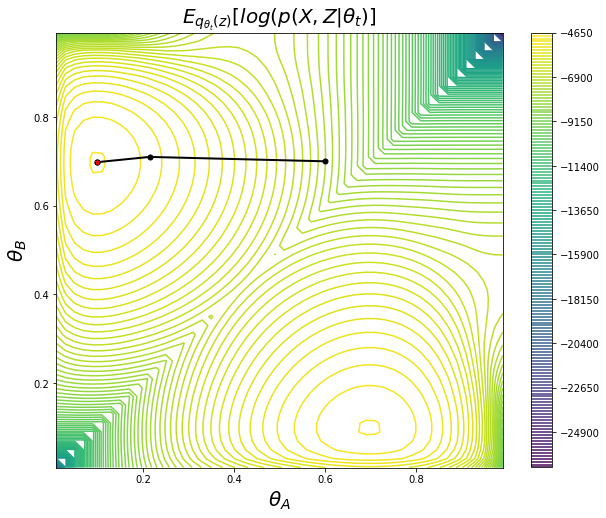
Expectation Maximization
Expectation–maximization (EM) algorithm is an iterative method to find (local) maximum likelihood or maximum a posteriori (MAP) estimates of parameters in statistical models, where the model depends on unobserved latent variables.

Gaussian Distribution Marginalization and Conditioning
A tutorial for Gaussian distribution marginalization and conditioning.
